Announcer:
The following program is a PBS Wisconsin original production.
Frederica Freyberg:
The contentious wolf hunt, caught in the middle of the DNR’s political power struggle takes to the courts. The governor allots millions in American Rescue Plan dollars to go toward violence prevention and victim aid as the pandemic fuels gun violence and homicides. COVID long-haulers struggle to heal from the disease long after first being infected. And a county election clerk explains the many layers of ballot security, inviting the lead GOP investigator to give her to call with his questions.
I’m Frederica Freyberg. Tonight on “Here & Now,” we’ll hear from the Great Lakes Indian and Fish Wildlife Commission filing to stop the upcoming wolf hunt. Marisa Wojcik speaks with the Milwaukee Health Department’s Office of Violence Prevention. The medical director of a Mayo Clinic COVID-19 rehab program describes his work with post-COVID patients. And Will Kenneally gives us the latest on the GOP-led 2020 election investigation. It’s “Here & Now” for October 15.
Announcer:
Funding for “Here & Now” is provided by the Focus Fund for Journalism and Friends of PBS Wisconsin.
Frederica Freyberg:
Wisconsin’s wolf hunt is set to begin in a little more than three weeks on November 6. But just days before that, a federal judge in Madison will consider a lawsuit from six Chippewa tribes calling to halt the hunt. We invited Hunter Nation, which sued to hold February’s wolf hunt, but they were unable to join us tonight. We are joined by Peter David, biologist with the Great Lakes Indian Fish & Wildlife Commission and thanks very much for being here.
Peter David:
It’s a pleasure. Thank you for the opportunity.
Frederica Freyberg:
So let’s unpack the reasons the Ojibwa tribes want to stop the November wolf hunt from happening. What are the concerns about the wolf population in Wisconsin, especially after that February hunt?
Peter David:
Well, the February hunt was certainly an unprecedented event compared to wolf hunting in history. That impact was entirely nested into the heart of the wolves’ breeding season, so we’re far from even understanding the biological impact from what happened in February and yet we’re proceeding here with another hunt. That’s really unconscionable I think to the tribes. They have tremendous cultural connections to Ma’iingan or to the wolf and they also value them incredibly ecologically and rely on them to do things like keep the deer healthy, which the tribes depend on very much. So the tribes’ real goal is to allow wolves to reach their natural level on the landscape, which they were probably close to doing before the February hunt.
Frederica Freyberg:
The tribes’ lawsuit states the DNR and its board violated treaty rights in setting hunting quota for this hunt basically saying the quota shouldn’t be 300 or 130, but zero. How were treaties violated?
Peter David:
Well, there are a number of ways, frankly. The quotas — first of all, there’s a real question about whether there’s a need for a quota at all. The question shouldn’t be what’s the right quota but is there a legitimate reason to hunt wolves? I think both in the sport hunting ethic I grew up in and in the Ojibwe worldview that I learned as an adult, we apply ethical considerations to hunting any animal, especially something that’s as sentient and social and ecologically and cultural significant as Ma’iingan. So that’s the first question. Then the state unfortunately has a situation where they have a law that requires a hunt to take place. That law if you have to live with that, it at least needs to be applied with the best available and defensible science. It was clear that the actions that the Natural Resources Board was taking were an effort to get around the tribes’ right to protect Ma’iingan. And so that’s a tremendous concern. And then the lack of sound science behind the process that was used to reach this quota is another tremendous concern of the tribes. And the many people in the non-tribal community.
Frederica Freyberg:
There are those as well. Now, supporters of a robust wolf hunt say that the animals prey on livestock and their numbers need to be reduced. What about that?
Peter David:
You know, I think it’s instructive to look at our neighboring states. There are wolves obviously both in the upper peninsula of Michigan and in Minnesota. Neither of those states rushed to kill wolves. Michigan’s population is similar to Wisconsin’s. Minnesota has two and half times as many and certainly a livestock industry as well. We know hunting has very little to do with addressing livestock depredation concerns. We look at the February hunt. Nine out of ten wolves killed in that hunt were taken more than ten miles from the nearest verified depredation event. So while there are livestock concerns, we know that hunting is not a legitimate way to address them. And Wisconsin I think needs to emulate the other two states and take a thoughtful and practical path forward. Those states are doing social surveys. They’re talking to their constituents. They’re consulting with the tribes. They’re going to develop, I think, a legitimate and science-based and defensible path forward and that’s really something I think Wisconsin needs to catch up to.
Frederica Freyberg:
As to the cultural significance of wolves for the Ojibwe, wolves are sacred. For them, what kind of a violation is killing them?
Peter David:
In the Ojibwe worldview, it’s understood that wolf is an animal that the tribes’ fate is intertwined with and the relationship is really one of a brotherhood. This is literally like coming into your family and killing family members to traditional Ojibwe people. So it’s that wrong and it’s that close to home and you can imagine how this feels to tribal people, especially when the justifications given for this event really don’t hold up to any scientific scrutiny.
Frederica Freyberg:
So we will be looking to see what happens in federal court just days before the hunt is set to begin. Peter David, thanks very much. Thanks for your information.
Peter David:
It was a pleasure. Take care. Be well.
Frederica Freyberg:
Thank you.
Speaking of lawsuits, the group that sued to get the February wolf hunt on the books may go to court again, this time over dueling quota numbers. Hunter Nation president and CEO Luke Hilgemann offered a statement discussing the lower quota set by the DNR after the higher one was originally approved by the board saying, “The Natural Resources Board is the governing body of the department and we believe this may be another illegal move by the DNR and the Evers administration to override the will of the people. Hunter Nation is actively reviewing this move with our legal team and will continue to lead the fight to make sure that this season’s wolf hunt continues at the 300 quota approved by the board.”
At the State Capitol this week, Assembly and Senate Republicans released a slate of pro-hunting bills they’re calling the Wisconsin Sporting Freedom Package. Proposals include legalizing the hunting of sandhill cranes, easing or eliminating various DNR hunting regulations and a bill to allow gun owners to conceal ad carry a firearm, a measure that if passed Governor Tony Evers is likely to veto.
To that end the governor announced $45 million in American Rescue Plan funds will go to public safety, including gun violence prevention and victim aid. This as cities across the country are seeing sharp increases in violent behavior, including gun violence and homicide. So far in 2021, Milwaukee is on pace to see an historic number of shooting deaths, with 142 victims reported through September of this year. Another 671 people have been injured in gun violence. The governor said he is allocating $8 million of the funds to the Milwaukee Health Department. He says the funds will be to respond to the pandemic-related uptick in violence and trauma, with projects that take a public health approach to violence prevention. Marisa Wojcik spoke with two representatives from the health department’s Office of Violence Prevention.
Marisa Wojcik:
Jamaal, why exactly is this so much worse during the pandemic, with 2021 set to reach historic levels of homicide? How exactly do we get from a pandemic to homicide? What are all of the linkages in between?
Jamaal Smith:
There was an epidemic of gun violence even before the pandemic hit. Gun violence has always been a discussion. Violence as a whole has always been a discussion. And strategies about prevention has always been a discussion as well. Not to the level that we would like to see as working in prevention, but it has been there. So then when you bring about a pandemic that actually, to TeAngelo’s point, essentially changes the way of life, right? There were a lot of things that were switched, a lot of things that were ended. You know, a lot of things that people had direct access to prior to the pandemic were taken away, in addition to the fact that people lost jobs, lost income. You know, desperation increased, right? That is what then increases the likelihood for the anger and the frustration that comes along with the engagement of violence. So then you also have to take into account the fact that, you know, trauma is a really big issue that is not discussed on a grand level, right? The levels of trauma that exist, a lot of people who engage in gun violence have been victims directly or indirectly of gun violence, right. Whether that’s you’ve seen it happen or it’s happened to you, right? So, you know, understanding the generational aspects of trauma that a lot of individuals experience, plus the impact of community trauma and talking about the lack that is existing within these communities that are highly impacted by that gun violence, right? So it’s just seeing this is a complex web that’s been woven. However we must acknowledge that the complexity is there. And it’s going to take a high level of engagement from multiple — like a multidisciplinary engagement in order for this to really be addressed. This can’t just come from one entity. It has to be multidisciplinary approach.
Marisa Wojcik:
And Kweku TeAngelo, why are more and more of these tragedies happening to young people, particularly those under the age of 18?
Kweku TeAngelo Cargile Jr.:
It’s very clear that we’re talking about an access issue. We’re talking about a resource issue for our young people. And we recognize that idle time is where, you know, there’s more opportunity for reckless decisions to be made. And due to the pandemic, there’s been a lot of idle time for our young people. And they have been making more risky decisions during that time. And if we think about it, a lot of these young people probably would have been in youth agencies, probably would have been in after-school programming that would have better directed them, better supported them, better resourced them. And the reality is due to the severity of our pandemic that we’re still in now, a lot of these issues it’s going to be really difficult for us to transition out of unless we really start to think out of the box. We really have to think about the large spaces that we have that we can safely bring in groups of individuals, particularly young people, to engage with each other in a safe way. And if you think about it, that level of investment has not occurred for our young people. And when we talk about, oh, our young people are doing this, our young people are doing that, we also have to factor in what are we not doing for our young people. And the reality is there’s a lot that we’re not doing.
Frederica Freyberg:
You can watch that extended interview on the news page of our website at PBSwisconsin.org.
Even as there could be signs the pandemic is slowing, some people who have been infected are now coping with Post-COVID Syndrome, or Long COVID. What is it? Who’s at risk? And what can be done about it? For answers to these questions and more, we turn to Dr. Greg Vanichkachorn, with the Mayo Clinic Health System and the medical director of their COVID-19 Activity Rehabilitation Program. He has worked with many patients diagnosed with Long COVID Syndrome. He joins us now from Rochester, Minnesota, and, doctor, thank you very much for joining us.
Greg Vanichkachorn:
Thank you very much for having me. I appreciate it.
Frederica Freyberg:
So how common is it for people to get this Long COVID?
Greg Vanichkachorn:
You know, it is fairly common. I wish I could say that this is a rare thing, but according to our research, anywhere between 10% and 30% of individuals with COVID can expect to come down with Post-COVID Syndrome. And that’s a conservative measurement, unfortunately.
Frederica Freyberg:
Wow. That is a really big number, bigger than I definitely understood. Can a person develop it even if they didn’t initially have symptoms, like say a child?
Greg Vanichkachorn:
Absolutely. Unfortunately, we don’t see a relationship necessarily between long haul COVID symptoms and how severe the acute infection was. In fact, some of our patients haven’t had really any symptoms and just found out after the fact through things like contact tracing. And, yes, we have seen this also occur in the pediatric population as well.
Frederica Freyberg:
So what are the symptoms of this syndrome?
Greg Vanichkachorn:
It can be quite nebulous, but the two things that most people think about are fatigue that is quite profound. So, for example, patients will say they have to take a three to four-hour nap after doing something as simple as taking out the trash or doing some simple household chores. The other thing we hear a lot about is ongoing shortness of breath and it’s not just when people are doing activities, but even at rest. On top of that, we see a lot of other symptoms, including neurological symptoms like headaches and brain fog, which is often manifest with things like troubles with short-term memory and troubles multi-tasking.
Frederica Freyberg:
Can it be hard to diagnose or is it pretty clear to people like you, but what about across the board with primary care physicians or something?
Greg Vanichkachorn:
Yes. This remains a challenge unfortunately for a lot of providers around the country. There just still isn’t a lot known about this condition. There’s also no specific diagnostic test can be done to readily identify this condition. And so many providers out there are at a loss to accurately diagnose this.
Frederica Freyberg:
Can a person develop Post-COVID Syndrome after a breakthrough case, even after a vaccine?
Greg Vanichkachorn:
Yes, unfortunately, we have seen that happen. I’ve had a few cases now where patients have had breakthrough infections and then have gone on to have Long COVID symptoms. But fortunately that’s rare from what we have seen so far in our experience here. And I will say that the patients that do have a more prolonged course after a breakthrough infection, they seem to be getting better than the patients we saw before the vaccine. Now it’s too early to say whether or not the vaccine is truly what’s preventing people from having long-haul COVID. We are now seeing individuals with Long COVID symptoms earlier than we did last year. The average time last year was about three months after the infection when someone would come for care. But now people are showing up two to three weeks out after their infection to kind of get ahead of the problem.
Frederica Freyberg:
Does it ever go away?
Greg Vanichkachorn:
Some it does. I absolutely want to give people hope. We do see a group of patients that seem to get better around four to six months and they’re able to bounce back right to their normal lives, their normal work and pastimes. But at the same time, we do have some patients now who are a year or more out from their infection and they’re still experiencing symptoms. They are better than when they first started with treatment, but it really does look like this Long COVID issue can be a chronic problem.
Frederica Freyberg:
What is the treatment for Long COVID?
Greg Vanichkachorn:
Well, the first thing that we do for treatment here is to make sure that nothing else is going on that could explain a patient’s symptoms. There can be some very serious complications, like a blood clot in the first few weeks after a COVID-19 infection. So we like to make sure everything is okay. After that it’s more about reconditioning the body appropriately and helping manage the symptoms associated with this so that patients can participate in that rehabilitation. So taking care of headaches, for example, treating poor sleep, treating pains in the bodies, all of those things we help to minimize so patients can appropriately recover in a proper fashion. We’ll typically involve our physical therapists and occupational therapy groups to help with that.
Frederica Freyberg:
This has got to be very difficult for the patients. What is your message to people who might be suffering these kinds of symptoms?
Greg Vanichkachorn:
Absolutely. I would say the most important thing is that if patients are suffering this condition, don’t be afraid to self-advocate for yourself. As I mentioned earlier, there are a lot of barriers to individuals getting care for this. Don’t settle for taking no for an answer or there’s nothing we can do for you. There are centers out there like Mayo Clinic but also other clinics out there that are ready to help patients who are in need.
Frederica Freyberg:
All right. Well, thank you very much. Thanks for this information. Very important, doctor. Thank you.
Greg Vanichkachorn:
Thank you for having me again. I appreciate it.
Frederica Freyberg:
In post-election news, today was the day clerks were to have appeared before the special counsel investigating the Wisconsin 2020 election. But after issuing subpoenas to election officials and mayors of the state’s five largest cities, former state Supreme Court Justice Michael Gableman, after negotiation with them, backed off the request for now. There has been confusion over the process and still the former justice is pressing ahead and late this week issued his latest YouTube statement. “Here & Now” reporter Will Kenneally has been covering the twists and returns of this Republican-sponsored probe. He joins us now from the Capitol. Hey Will.
Will Kenneally:
Hey Fred.
Frederica Freyberg:
So Michael Gableman just today, again, says he will in fact depose people next Friday. Frankly it is kind of hard to keep up. What did he say?
Will Kenneally:
That’s right. So we’re actually not expecting any testimony from any officials next Friday, but in an interview this morning, he said he was going to take some depositions. So we’ll see what happens there.
Frederica Freyberg:
What was his primary message in his latest YouTube statement?
Will Kenneally:
His YouTube statement came out a few days ago and that kind of lays out some of the steps he has been taking so far in the subpoena process. Largely that he’s been using it as a formal way to solicit documents and testimony from the mayors and elections officials. On top of that, he’s received some criticism this week from Attorney General Josh Kaul. Kaul’s representing the Wisconsin Elections Commission in the subpoena process and he really took Gableman to task over what he called a flawed subpoena process. Here’s what he had to say.
Josh Kaul:
The one that was issued, however, is drastically overbroad and it’s requesting her testimony at a secret hearing rather than a public forum and that is improper. It’s our hope that we will be able to continue working with the special counsel’s office and reach an agreement.
Frederica Freyberg:
So as to reach an agreement, it appears they have. To what extent?
Will Kenneally:
That’s right. So lawyers working with the mayors and the elections officials have reached an agreement with the investigators to provide documents right now, but to delay testimony to a future date. So testimony will come. Documents are in hand this week.
Frederica Freyberg:
Yeah. We’ll see what comes next. But the former justice wanted to hear from those mayors because he’s particularly concerned about the Facebook nonprofit which gave money to Wisconsin’s five largest cities to help conduct the election in the midst of the pandemic.
Michael Gableman:
While millions of dollars in private funds may have been used in the public management of elections to achieve a preferred outcome at the expense of election integrity, if indeed this occurred would be the true definition of a boondoggle and it would also mark the beginning of tyranny and the end of the American experiment in democracy.
Frederica Freyberg:
That’s some pretty soaring rhetoric right there. He’s outright making accusation the money may have been used for “a preferred outcome.”
Will Kenneally:
That’s right. So it stems from a conservative concern that when you put money into democrat cities, you’re going to drum up democratic turnout. This was taken to court last October and a federal judge ruled that because the funds are going to all voters in the cities, not targeting Democrats specifically, that it was okay to go forward. There’s also another level of a concern over outside influence being imbued into elections that are supposed to be largely locally run. The important thing to know here is while these five cities received an initial round of funding, a second round of funding went to more than 200 Wisconsin cities, towns and villages, including conservative bastions like Waukesha for example.
Frederica Freyberg:
This all definitely pitches partisan obviously, but in the course of this, there is a nonpartisan audit currently underway. What is the status of that?
Will Kenneally:
That’s right. That’s being done by the state’s Legislative Audit Bureau, a nonpartisan agency that’s been working for the better part of this year on the audit. That’s expected sometime this fall. So we could see that in a matter of weeks.
Frederica Freyberg:
Will Kenneally, thanks for following this.
Will Kenneally:
Thank you.
Frederica Freyberg:
Connected to this story, we unpacked some of what’s been going on with the investigation. Former Justice Gableman grabbed a blaring headline last week that read “Head of Republican review of Wisconsin elections says he does not understand how elections work.” Days later, on a Milwaukee radio program, he doubled down, both pushing back against that reporting and reiterating his lack of understanding.
Michael Gableman:
I, like most people, do not have a comprehensive understanding of how the mechanics of an election work. When I put my paper ballot into the machine, I’m left with no other thing to do except sort of hope for the best.
Frederica Freyberg:
Plenty of people do know how the mechanics of an election work. We asked one of them, Rock County Clerk Lisa Tollefson. So is that what you’re doing, you know, watching ballots go in and crossing your fingers?
Lisa Tollefson:
Absolutely not. We have so many checks and balances in place to verify the number of ballots matches the number of people who voted.
Frederica Freyberg:
But to that direct question about ballots into the machine. What literally happens then to that ballot?
Lisa Tollefson:
So an image is taken of that ballot and it’s stored until the polls close on election night. They verify that all of the voters have voted who were in line at 8:00. They make sure all the absentee ballots have been processed. Then they hit the close poll button and it tabulates everything and calculates the votes. It then randomizes the images so that your vote remains anonymous and it prints out a report. Those reports that print out are what we certify the election off of after the election at our board of canvases.
Frederica Freyberg:
It’s true, the election process builds in multiple layers of precision before, during and after.
Lisa Tollefson:
So you know if someone’s broken into them or not.
Frederica Freyberg:
It’s being described as kind of a mystery, right? And it’s not.
Lisa Tollefson:
It’s not a mystery. Everything is done in the open.
Frederica Freyberg:
Like all clerks in Wisconsin, Tollefson received this letter from Gableman’s Office of Special Counsel, requesting preservation of election records, which she says clerks already do. And, like others, the letter landed in her spam folder because it came from a Gmail account. As to former Justice Gableman’s lack of comprehensive knowledge of the mechanics of an election, Tollefson says he’s welcome to give her a call.
Lisa Tollefson:
I can go on for hours on our election process. In fact, I do. I teach lots of classes on it. So if he’s got questions, please ask.
Frederica Freyberg:
And finally tonight, UW-Madison Chancellor Rebecca Blank announced that she was leaving her position as chancellor at UW-Madison to become the first female president of another Big Ten school, Northwestern University, where she was once a tenured economics professor. Blank has served as UW-Madison chancellor since 2013. PBS Wisconsin is part of UW-Madison.
And that is our program for tonight. Be sure to follow us online and look for our latest installment of COVID condition by going to PBSwisconsin.org and then clicking on the news tab. Thanks for joining us. Have a good weekend.
Announcer:
Funding for “Here & Now” is provided by the Focus Fund for Journalism and Friends of PBS Wisconsin.
Search Episodes

Donate to sign up. Activate and sign in to Passport. It's that easy to help PBS Wisconsin serve your community through media that educates, inspires, and entertains.
Make your membership gift today
Only for new users: Activate Passport using your code or email address
Already a member?
Look up my account
Need some help? Go to FAQ or visit PBS Passport Help
Need help accessing PBS Wisconsin anywhere?

Online Access | Platform & Device Access | Cable or Satellite Access | Over-The-Air Access
Visit Access Guide
Need help accessing PBS Wisconsin anywhere?

Visit Our
Live TV Access Guide
Online AccessPlatform & Device Access
Cable or Satellite Access
Over-The-Air Access
Visit Access Guide
 Passport
Passport

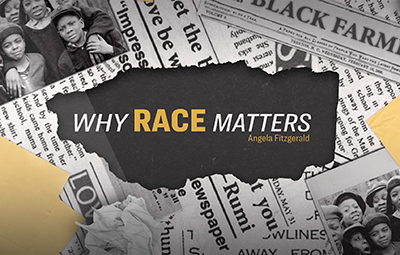
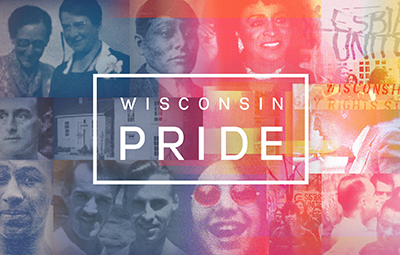


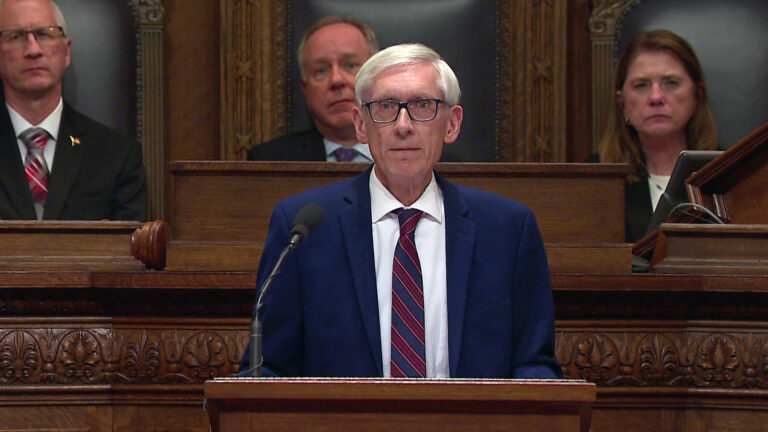
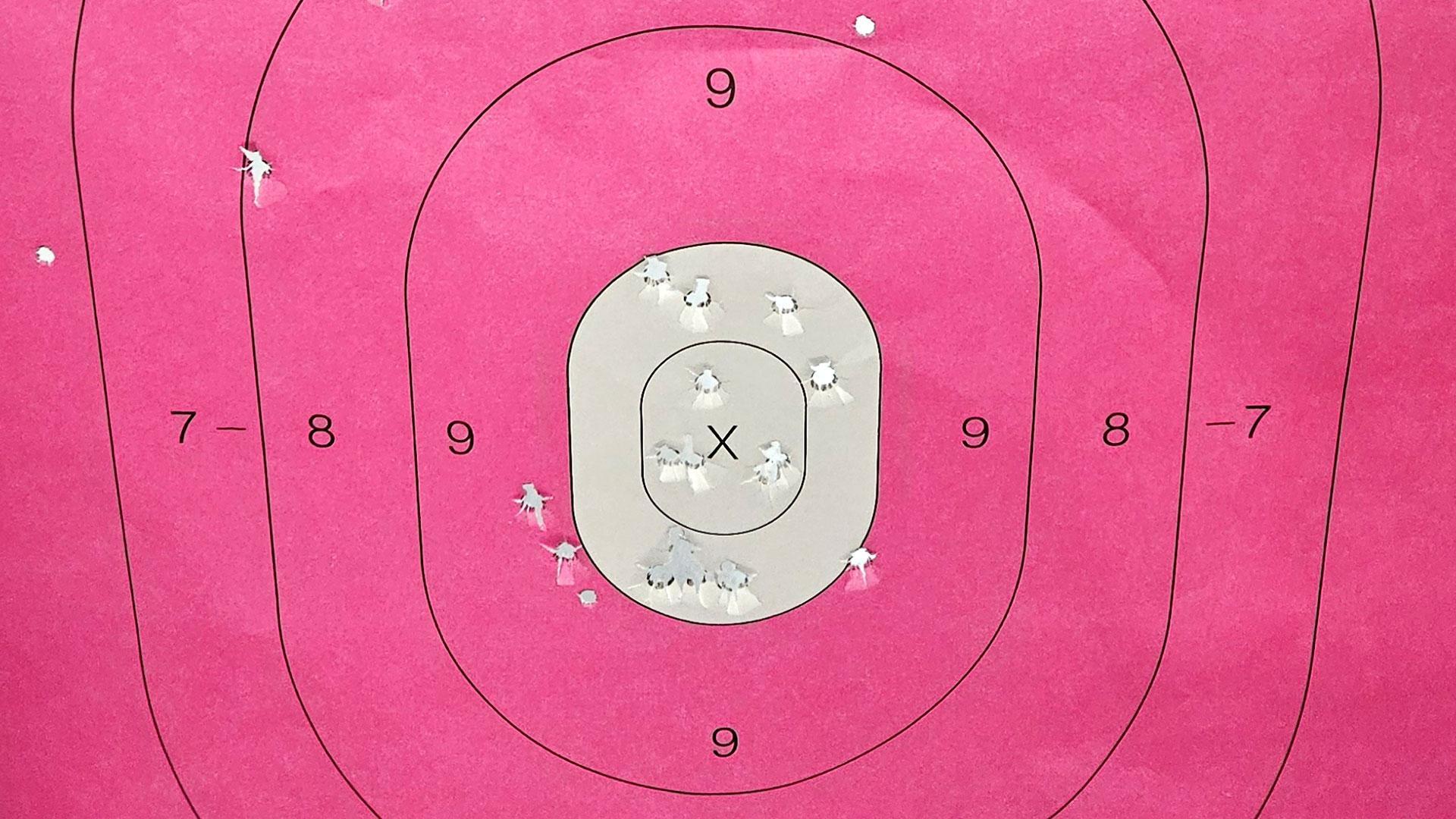
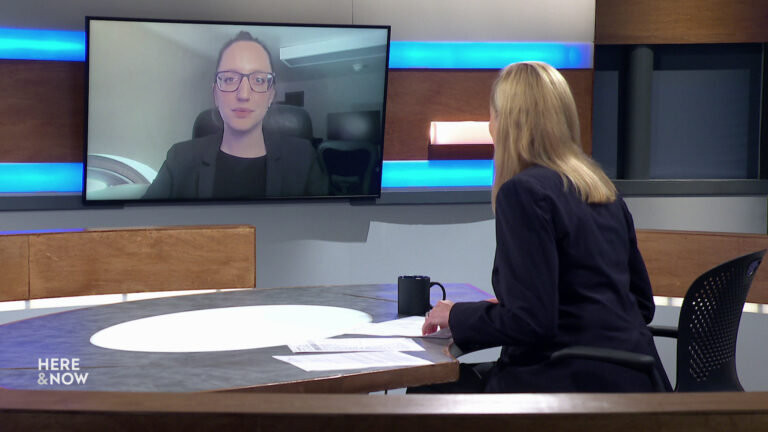
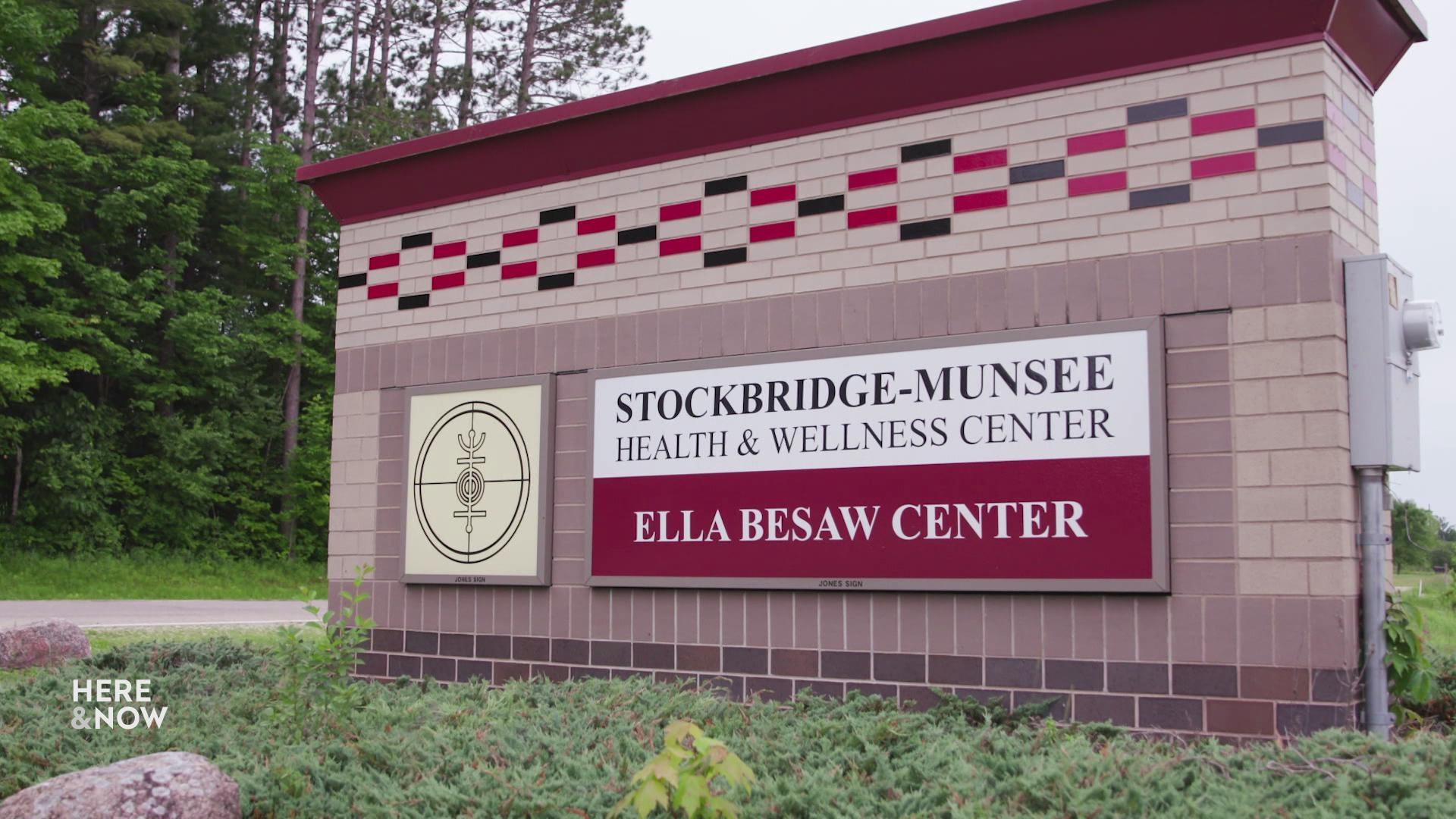
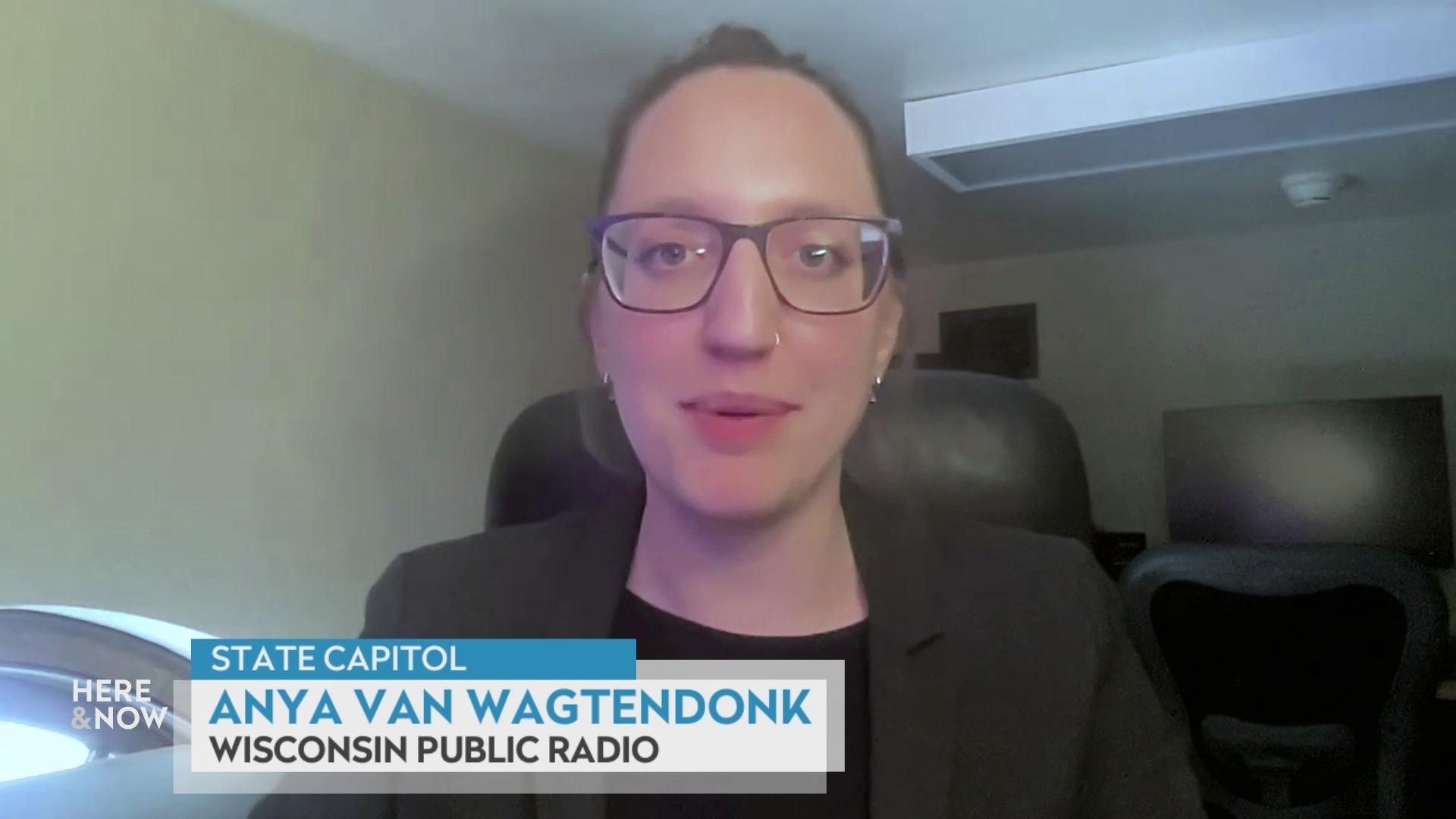
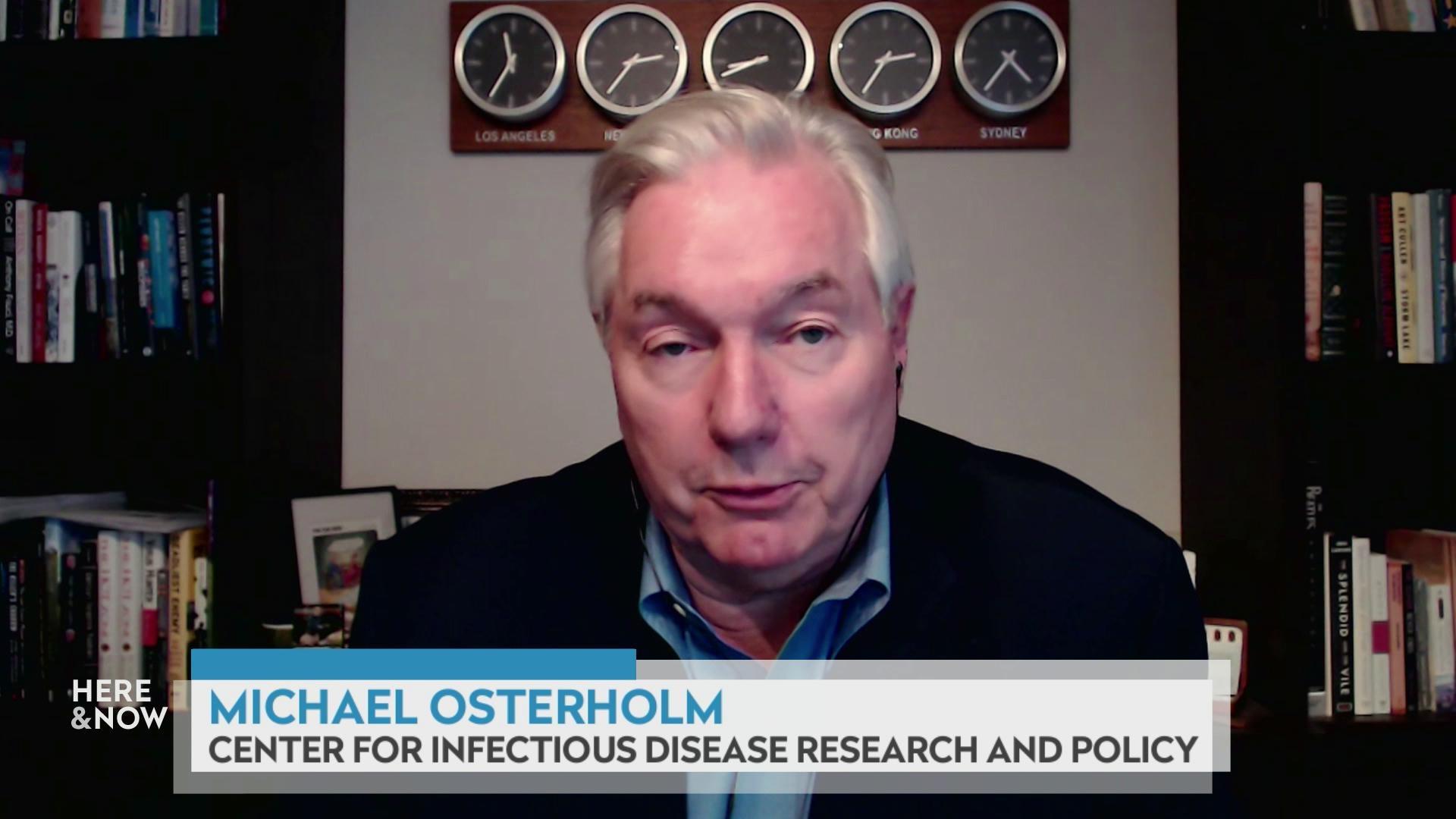
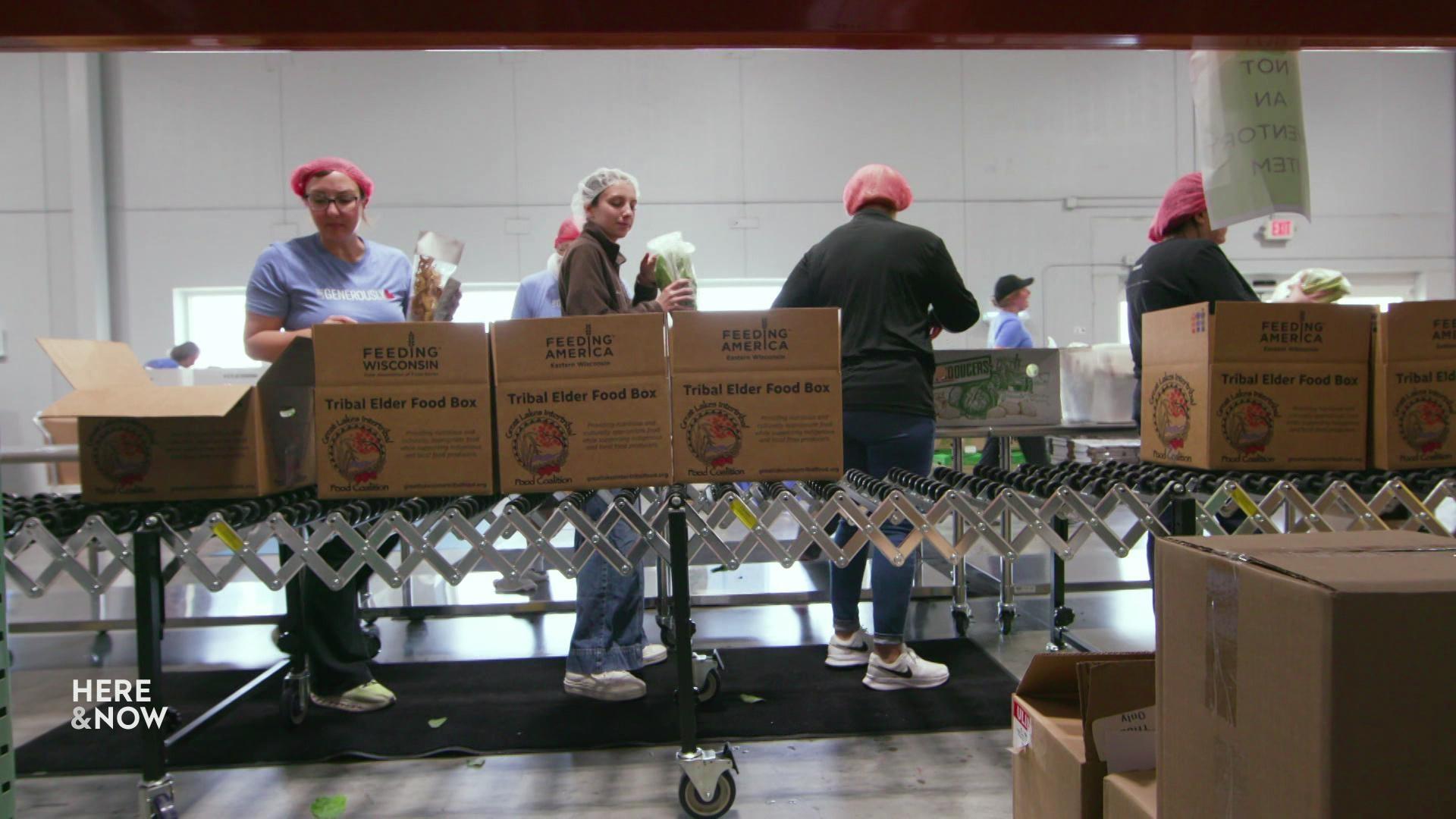
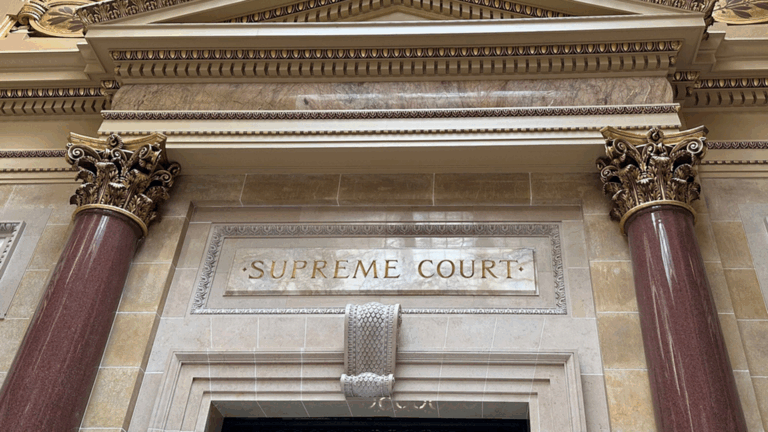
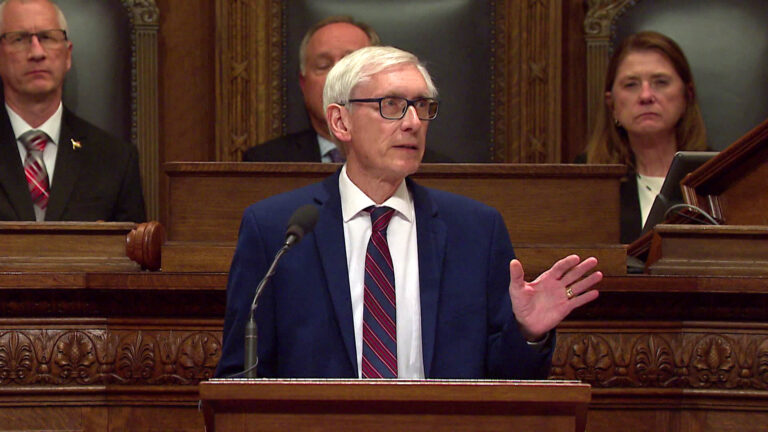
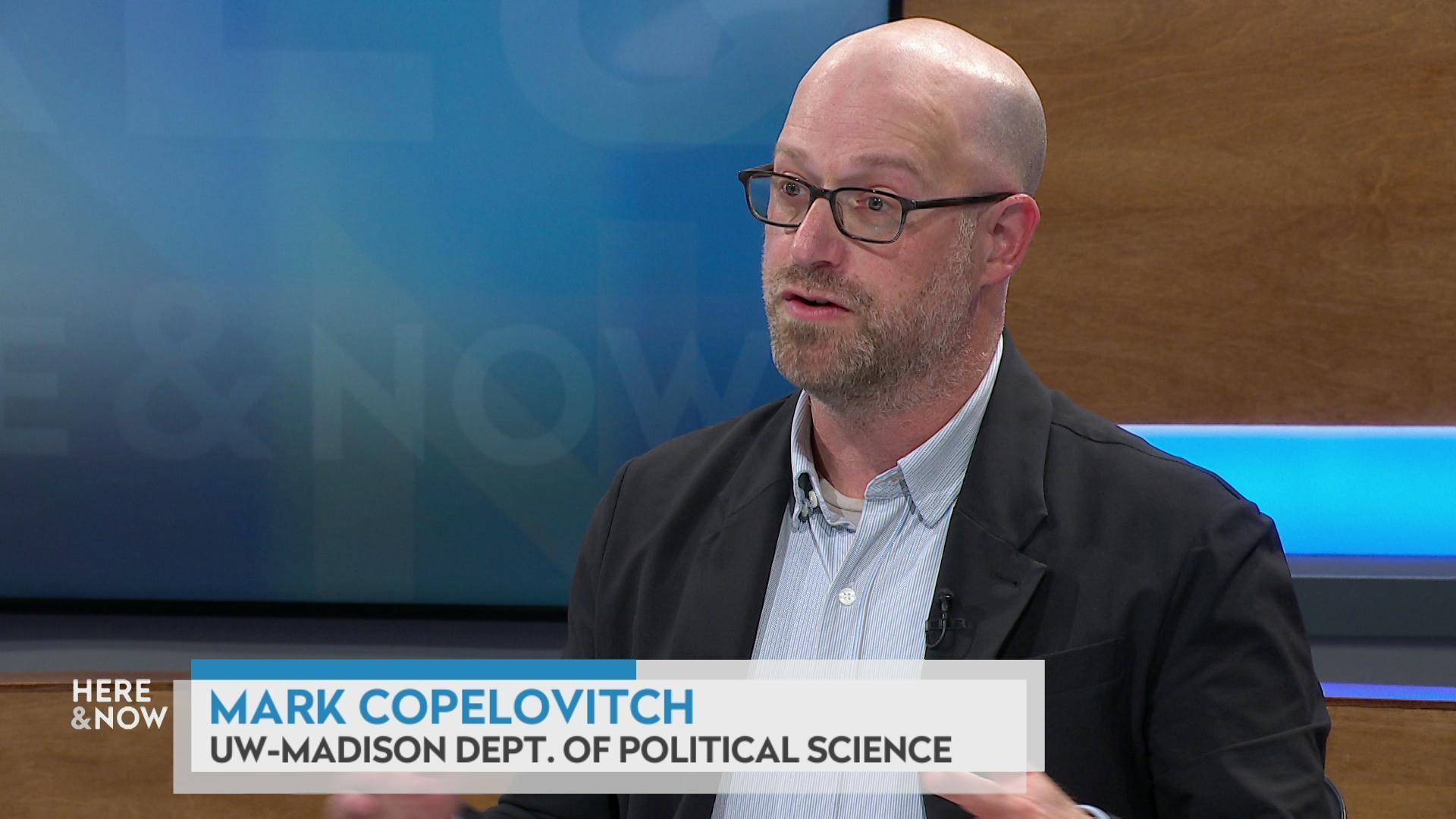
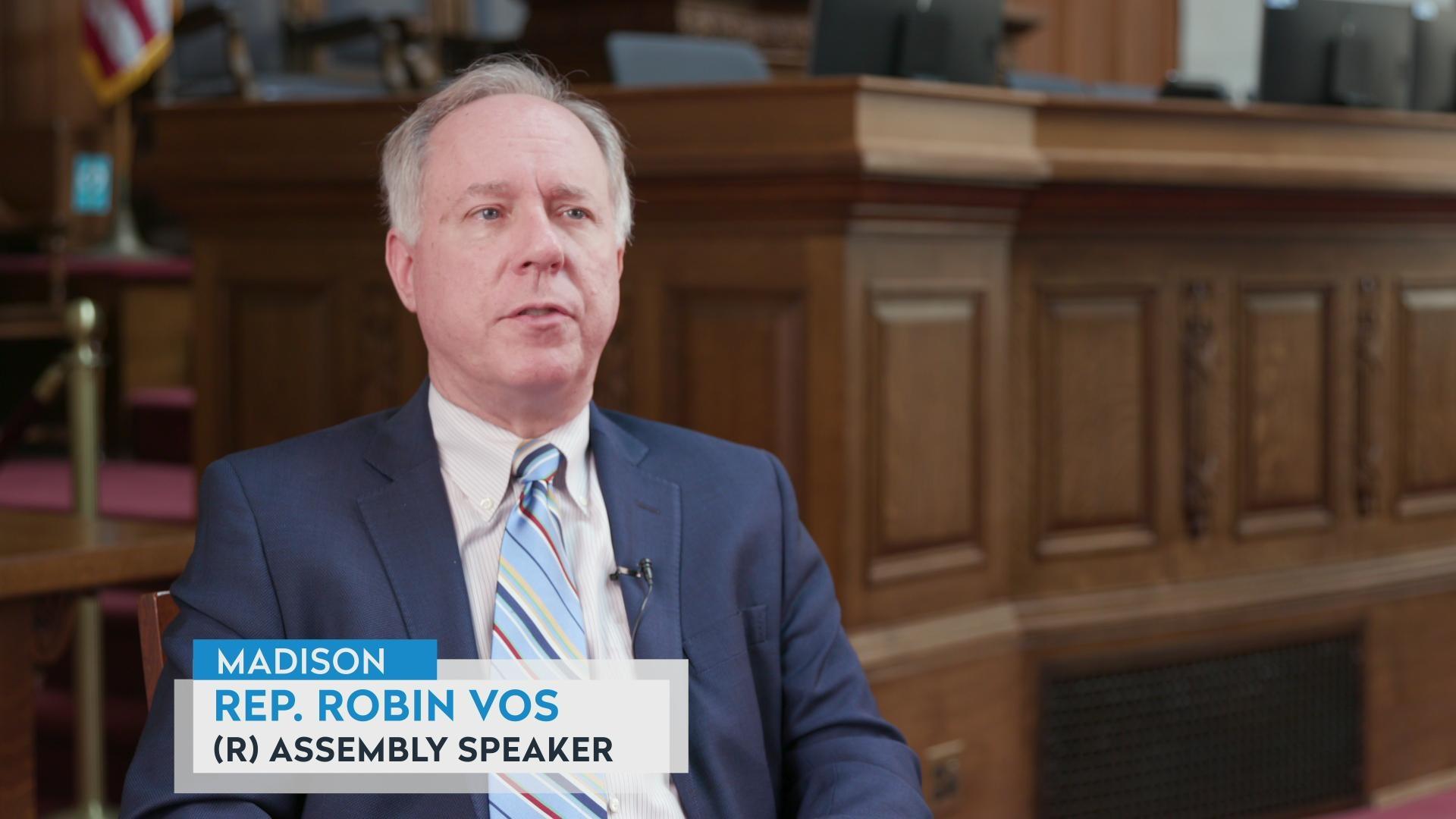
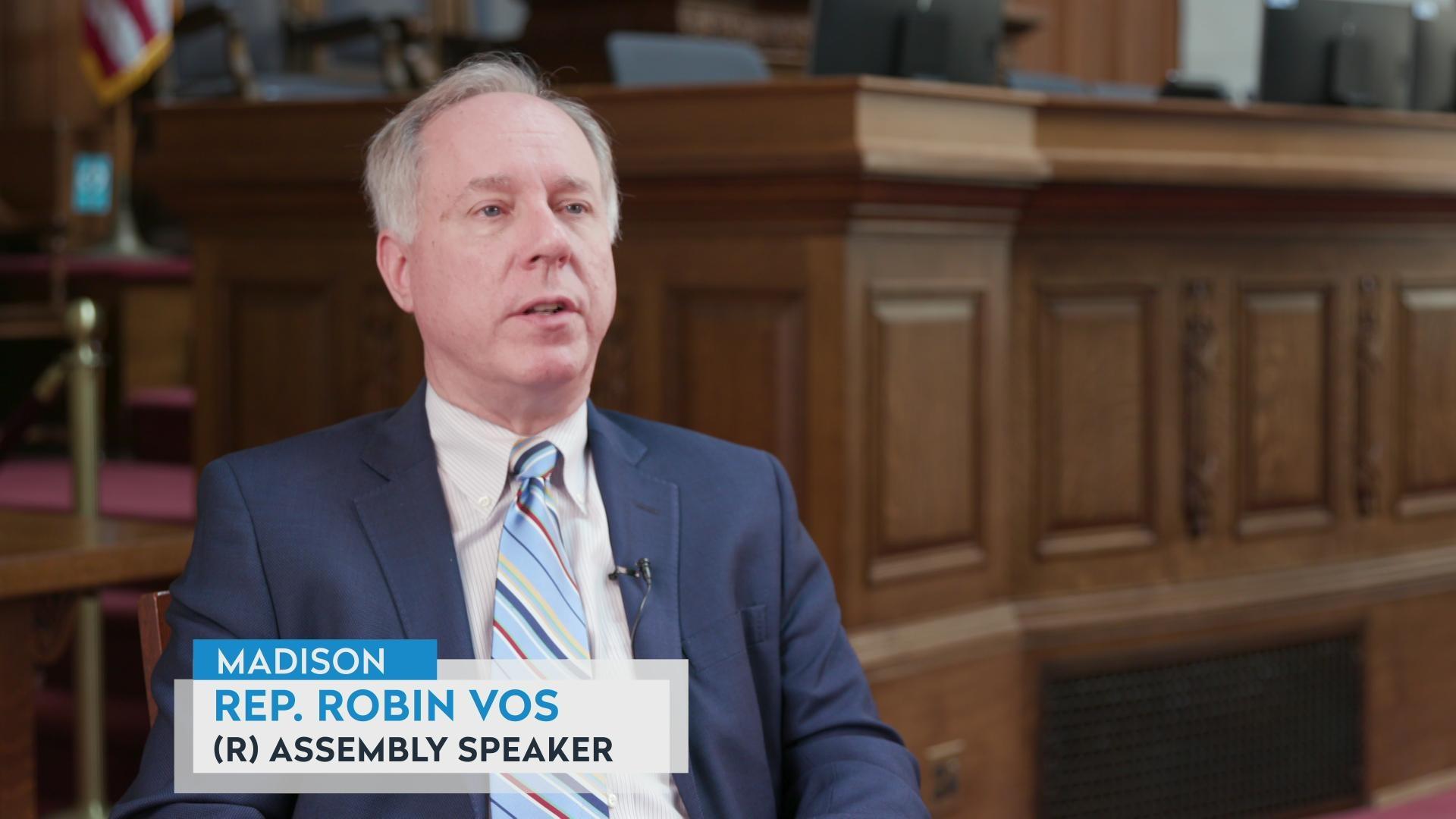

Follow Us